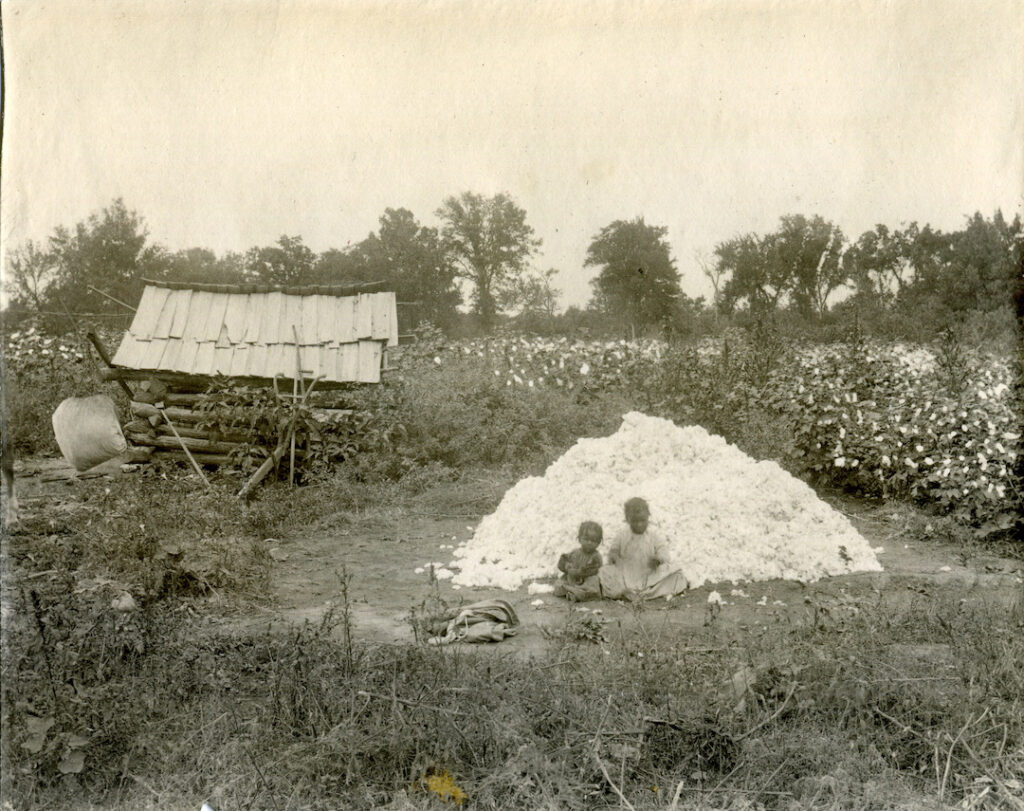ᎠᏂᏣᎳᎩ ᎠᏂᏁᎬ ᏓᏂᏃᏣᎵᏍᎬ: Cherokee Journalism & Printing

The Cherokee Journalism & Printing program is a day to commemorate the past, present, and future of Cherokee news.
Demanding Recognition

Artwork: Cherokee Nation citizen Marilyn Vann remains an advocate for the rights of Cherokee Freedmen descendants. She was appointed to the Cherokee Nation Environmental Protection Commission in 2021. Source: Marilyn Vann. Freedmen continued to face indignities in the years before Oklahoma statehood. In 1883, the Cherokee National Council passed a law restricting per capita payments […]
War & Emancipation

Artwork: A plank residence in the Arkansas River Bottom, photographed by Allison Aylesworth. Source: Oklahoma Historical Society. The Civil War came to Cherokee Nation in 1861. The divide between the affluent, bicultural families and more conservative or traditional Cherokees widened over chattel slavery. Though the lines were not always clear-cut, wealthier slaveholding Cherokees tended to […]
Slavery in Cherokee Nation

Artwork: Two children near cotton, photographer unknown. Source: Oklahoma Historical Society. The enslavement of Black people among Cherokees began after it was introduced by Europeans in the 17th century. Forms of captivity already existed among the tribe, but the slavery of African-descended people was especially exploitive and dehumanizing. By the early 1800s, elite, mostly bicultural […]
We Remain

Image: Principal Chief Wilma Mankiller meets with President Reagan, December 1988 US policy on Native Americans resulted in the Dawes Act of 1887 and the Curtis Act of 1898, which systematically dismantled Cherokee Nation government and its communal way of living by forcing Cherokee people to sign up for parcels of land, or allotments. The […]
Fighting & Healing

Artwork: Cherokee Delegation to the Dawes Commission. Source: Oklahoma Historical Society The loss of life in the Civil War led to a need to provide for the disabled and orphaned. Cherokee Nation rebuilt social institutions such as schools and a tribal newspaper. The court system and the legislative branch of government began to operate in […]
The Civil War in Cherokee Nation

Artwork: Battle of Honey Springs engraving by James R. O’Neil. Source: Oklahoma Historical Society When the Civil War broke out, Cherokee Nation hoped to remain neutral. As the war came closer to the Nation, old grudges and hatreds emerged. Surrounding states aligned with the South; other area tribes signed treaties with the Confederacy. Facing pressure […]
Rebuilding A Republic

Artwork: Indian Council of 1843 at Tallequah by John Mix Stanley. Source: Smithsonian Museum of American Art Once the final detachments of Cherokee reached their new home in Indian Territory in 1839, they faced the challenge of rebuilding and reunifying their government, communities, and families, having lost a quarter of their population along the journey. […]
Removal

Artwork: Map of Cherokee Removal Routes. Source: National Parks Service The Cherokee Nation has maintained a diplomatic relationship with the US government since its inception. When the Indian Removal Act was passed in 1830, this caused a strain on the government-to-government relationship. For years, Cherokee leadership stood united against Removal. Once other tribes signed Removal […]
Growth of a Nation

Artwork: Sequoyah’s Handwriting. Source: Gilcrease Museum In 1817, Cherokee Nation took additional steps toward forming a centralized government and establishing a national committee, a precursor to the legislative branch. In 1827, the Nation adopted its constitution, which laid out the roles of the executive, judicial, and legislative branches. Cherokee people operated inns, taverns, ferry crossings, […]

